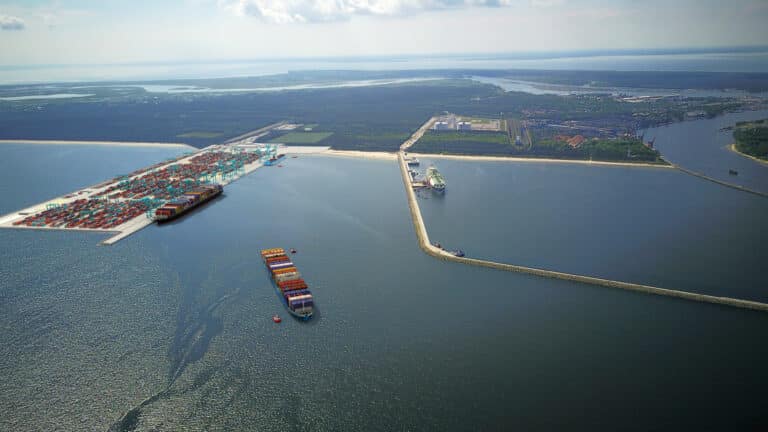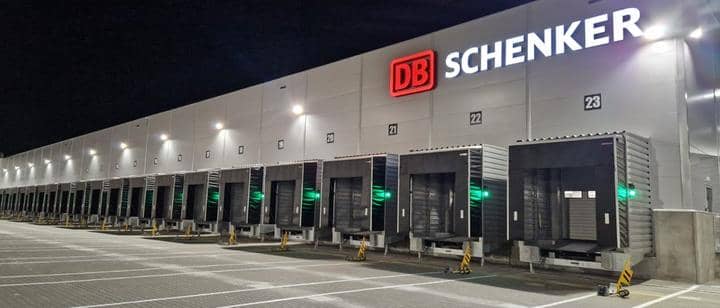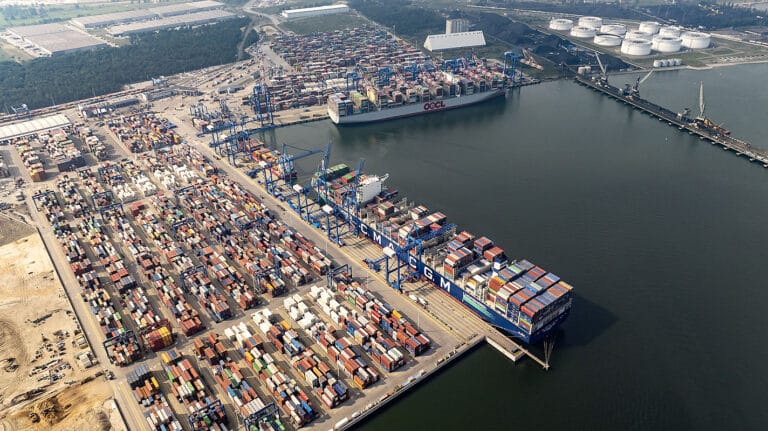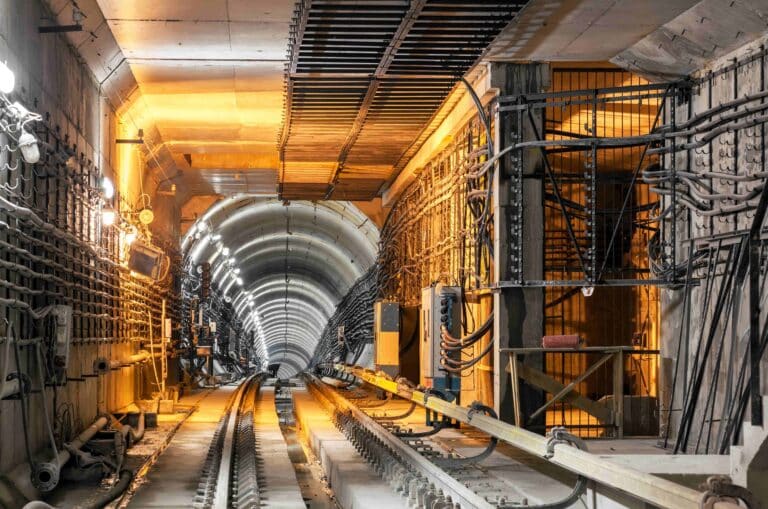CPK AIRPORT PROJECT MOVING AHEAD
South Koreans win PLN 134m tender for design of High Speed Railway at Poland’s CPK mega-airport project.
A South Korean consortium has won the Centralny Port Komunikacyjny (CPK) tender for the design of the High Speed Railway line between Katowice and the Polish-Czech border. The value of the contract
amounts to PLN 134 million.
The tender was won by a consortium of two companies: Korea National Railway (KNR), a state-owned company that has carried out railway construction projects and Dohwa Engineering, an engineering
and construction company that has completed more than 7,000 projects at national and global level.
The 70-kilometer section is part of the railway route between Katowice and Ostrava. Katowice – Ostrava is one of the key sections of the railway lines built in Poland by CPK. It is an important part of the EU’s Trans-European Transport Network (TEN-T) connecting Katowice, Warsaw and Krakow
with Brno, Prague, Bratislava, Vienna and Budapest.
The Polish section developed by CPK assumes trains travelling at speeds of up to 250 km/h. The project ensures the inclusion of Jastrzębie-Zdrój in the railway network, as well as new and much faster regional connections between Rybnik, Żory and Wodzisław Śląski, and Katowice. The railway serves up to 3.6 million people in this region of Poland.
Approximately 2,000 km of new railway lines are going to be built as part of the CPK investment, including High Speed Rail. There are already five investor variants selected – along with the Katowice-Ostrava route these include: Warsaw – Łódź, Łódź – Wrocław, Łętownia – Rzeszów and Sieradz
– Poznań, available from May.
The 140-kilometre WarsawŁódź and 200-kilometre ŁódźWrocław routes are already being designed. The first is being developed by Biuro Projektów ‘Metroprojekt’ (from Warsaw to the area behind the planned CPK hub) and a consortium of Egis Poland, Egis Rail and Jaf-Geotechnika (an extension
of the line to Łódź).
In turn, the Łódź – Sieradz line is being designed by Egis, while the Sieradz – Kępno line by the BBF and IDOM consortium. The design of the route between Kępno and Czernica Wrocławska is being prepared by the MGGP and Voessing Polska consortium, while Systra is responsible for the Czernica
Wrocławska – Wrocław section.
Authorities give green lights
The General Plan (part of the Master Plan), one of the key documents necessary for the foundation of the CPK airport, has been approved by the Minister of Infrastructure. The document sets out the development plan for the new airport until the end of 2060.
The approved General Plan is a necessary condition for applying for the Promise of Permission to Found the Airport, which CPK will apply to the Civil Aviation Authority (ULC). The promise will then be one of the attachments to the application for a location decision, which follows the already awaited environmental decision and precedes the application for a construction permit.
Before the application for the approval of CPK General Plan 2022-2060 was submitted to the Minister of Infrastructure, it was consulted with the authorities of 13 municipalities in the investment’s surroundings, given a positive opinion by the President of the Civil Aviation Authority (ULC) and agreed
with the Ministers of National Defence (MON) and Funds and Regional Policy (MFiPR).
The approved CPK airport General Plan for 2022-2060 is in line with Poland’s transport policy.
The concept included in the Plan is also consistent with the Strategy for Responsible Development until 2020 (with an outlook to 2030) and the Strategy for Sustainable Transport Development until 2030.
The Airport General Plan covers the area of 13 municipalities in the vicinity of the investment, located in the Mazowieckie and Łódzkie provinces. The document sets out the next steps in the development of the airport until the end of 2060, the time horizon of aviation forecasts for Poland from the International Air Transport Association (IATA).
The first phase of the General Plan covers the period starting in 2028 – the expected year in which the airport will be operational. The plan assumes that the airport will at that time have two parallel runways, infrastructure for approximately 330,000 aircraft operations (take-offs and landings) per year
and a terminal suitable to serve 40 million passengers per year.
In the first phase, the airport is to cover around 2,150 hectares, for which the company is intensively buying up the required land. The Voluntary Acquisition Program has already enrolled 80 proc. of the developed property. The signed purchase for the first phase od the airport contracts cover an area of almost 500 hectares, about 60 hectares are awaiting notarial deeds while about 1,100 hectares are in
advanced negotiations.
Further infrastructure development is spread over a number of phases and stages, and is dependent on the forecasts. The second phase covers the period up to 2060, by which time the airport may already have three parallel runways, infrastructure for around 450,000 aircraft operations per year and a terminal suitable for a passenger handling capacity of around 65 million per year. During this period, the size of the airport could be up to 3,900 hectares.
The second phase is a long-term plan for the development of CPK, which has been set out to plan future areas for airport development. The entire area covered by the General Plan, in accordance with the Aviation Law, will be included in planning documents at the provincial, county and municipal levels.
Advanced design work is being carried out by, among others, the British design consortium Foster+Partners (Master Architect) and the Lebanese design company Dar Al-Handasah (Master Civil Engineer). As part of the framework agreement for the design of associated facilities, which has been signed with 13 companies – including a number of Polish ones – a tender is underway for the design of
the air traffic control tower.







